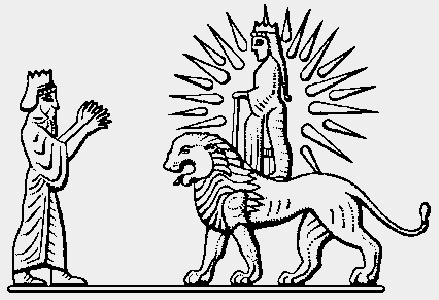17 Gener 2020
Ceremonies, feasts and festivities in Ancient Mesopotamia and the Mediterranean World: Performance and Participation

Ninth Workshop of the Melammu Project / Faculty of Geography and History, University of Barcelona / 29-31 January 2020
Organiser: Rocío Da Riva
The meeting is sponsored by the ICREA Acadèmia Research Award and the Faculty of Geography and History of the University of Barcelona
The main lines of the workshop are "religious ceremonies", "participation" and "performance". In the first place, religious events (ceremonies, feasts, rituals...) are related to the common experience of the groups, to their identity and values; the performance and/or participation in ceremonies and rituals strengthens social cohesion and provides societies with a cultural identity. Secondly, texts recording religious ceremonies or rituals also provide information on the activities of public worship, as well as on their participants (active or passive). By studying the people who performed and attended the public rituals, we can better grasp the social value and impact of the ceremonies. Thirdly, through the public display of the religious ceremony, the ruling elites are able to reinforce their power and influence in a society by conveying the idea of their traditional authority both to the performers as well as to the audience. These elites organize and manage the sacred and the profane space (not only inside, but also outside of the cities) for the celebration of religious ceremonies and ritual performances, revealing the political and social function of festivals and venues. In the fourth place, ceremonial or ritual texts contain valuable topographical information on sanctuaries and sacred spaces. As the rituals always refer to specific gods and particular spaces in particular moments of the cultic day/ calendar, they are very useful in reconstructing the topography of the temples and of the cities where the rituals took place, as well as of the sanctuaries and other places of religious performance. As a result, we can get a better idea of the arrangement of the ritual spaces. And lastly, texts on ceremonies and festivals illustrate on the deities that were the focus of the liturgical services as well as on the hierarchical relations that existed between the different gods and goddesses. Information of this sort is rarely found in canonical texts, making it highly valuable in studying the makeup of the panthea.




